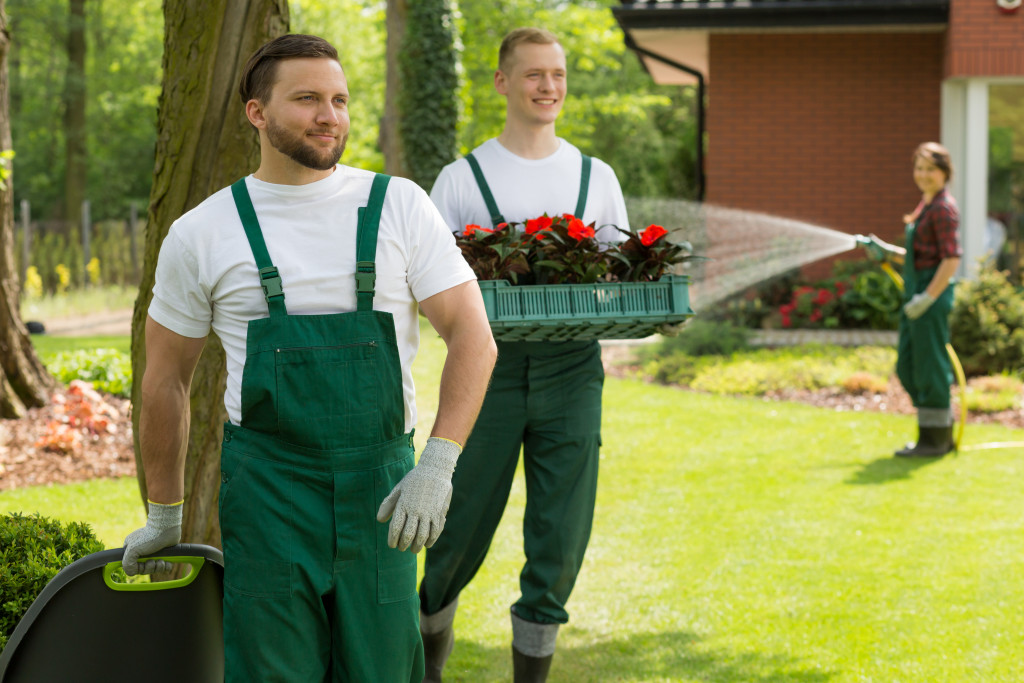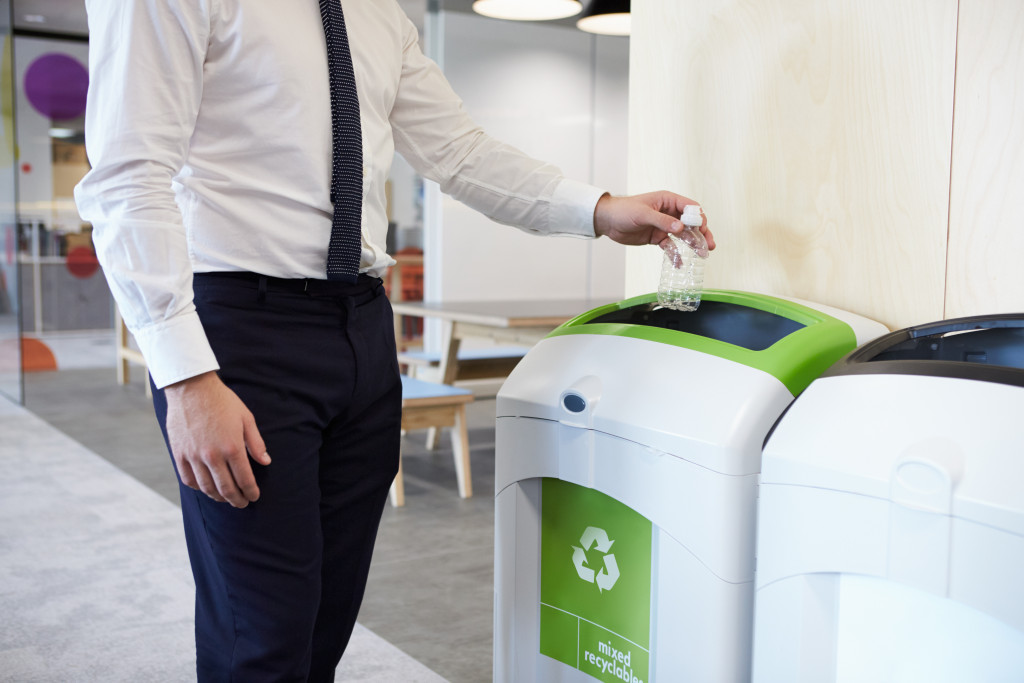- Pollution prevention initiatives can reduce the impacts of pollution.
- Sustainable food options and innovative waste management strategies create a more sustainable future.
- Innovative waste management systems help protect the environment.
- Education is key to creating lasting change in communities.
While there are many ways to make a difference, participating in community projects that contribute to lasting change can create real and tangible results. So, knowing what type of project to participate in and how to get involved is vital. Here are some areas to consider when looking to make a long-term impact:
Pollution Prevention
Pollution is one of the most destructive elements of climate change. With urbanization, more industrial activity, and an increasing population, pollution levels continue to rise. The costs of this pollutant-filled environment can be found everywhere, from health problems to landscape destruction. But, by forming actionable plans at the local level, communities can begin mitigating the impacts of pollution through various initiatives.
Stormwater Pollution
Poor stormwater management is linked with water quality degradation throughout many parts of the world. To combat this growing issue, many cities have adopted Stormwater Pollution Prevention Plans (SWPPP).
Professional SWPPPs, approved by governing bodies, are all-encompassing plans that provide guidelines for reducing stormwater runoff pollution and protecting aquatic environments. This method diverts polluted runoff from entering rivers and oceans and reduces flood risk while providing valuable habitats for wildlife species. It is crucial in addressing a wide range of environmental challenges, including restoring aquatic ecosystems, improving public health outcomes, and reducing related economic losses due to flooding events.
Urban Heat Island Mitigation
Another major contributor to pollution is the urban heat island (UHI) effect caused by human activities such as building materials, roads, and other infrastructure that absorb sunlight making nearby areas warmer than they would otherwise be without them.
This increase in temperatures often leads to higher concentrations of smog, which negatively affects air quality. Luckily, measures—such as cool roofs which reflect sunlight instead of absorbing it—can reduce UHI effects significantly when implemented correctly on buildings across an entire city or town.
Sustainable Food Options
Sustainable agriculture practices can help protect planet Earth’s precious resources and people’s health from exploitation by big agribusinesses. So, participating in projects encouraging local and sustainable food production is a great way to make a lasting impact.

Community Gardens
By creating local networks that provide food access within communities — like community gardens or farm-to-table programs — people will have access to fresh produce grown locally every day and improved diets for those who don’t have access to nutritious foods otherwise.
Production Alternatives
In addition to community gardens, several alternative production techniques can be employed as part of a sustainable food system. These include aquaculture and permaculture, which have proven to be incredibly efficient in producing healthy crops for people and the environment. These methods focus on natural pest control, elimination of chemical fertilizers, and other techniques that help reduce the use of resources.
Innovative Waste Management
The negative environmental impacts of improper waste management are well-documented. Plastic, food waste, and other materials enter landfills or ocean ecosystems daily, causing pollution and destruction. However, there are ways to combat this, such as the following:
Modern Waste Segregation
Segregating waste at the source can reduce pressure on ecosystems and help recycle more items. This can include digital disposal, composting of organic waste, and the use of appropriate receptacles for different types of materials. There are also many trach bins that are designed specifically for sorting and segregating different types of waste.

Recycling Technologies
New technologies are allowing for the reuse of materials such as plastic, paper, and glass. These recycling machines can turn these materials into usable products, such as furniture or construction material. This reduces pressure on the natural environment and can create jobs, benefiting the local economy.
Education
Finally, education is critical to creating lasting change. By raising awareness of the issues that communities face and providing people with a better understanding of their environment and the ways they can help protect it, communities can begin to foster positive change.
From mentor programs to environmental education classes, there are many ways to engage people and bring about fundamental transformation. Additionally, educational campaigns can also be used to raise awareness and motivate people to take action.
By participating in community projects that contribute to lasting change, individuals and communities can begin to make a real difference in the world around them. With the right preparation and effort, communities can create positive change that will benefit future generations. So, take the initiative and join in on a project today. You could play an important role in making the world a better place!


